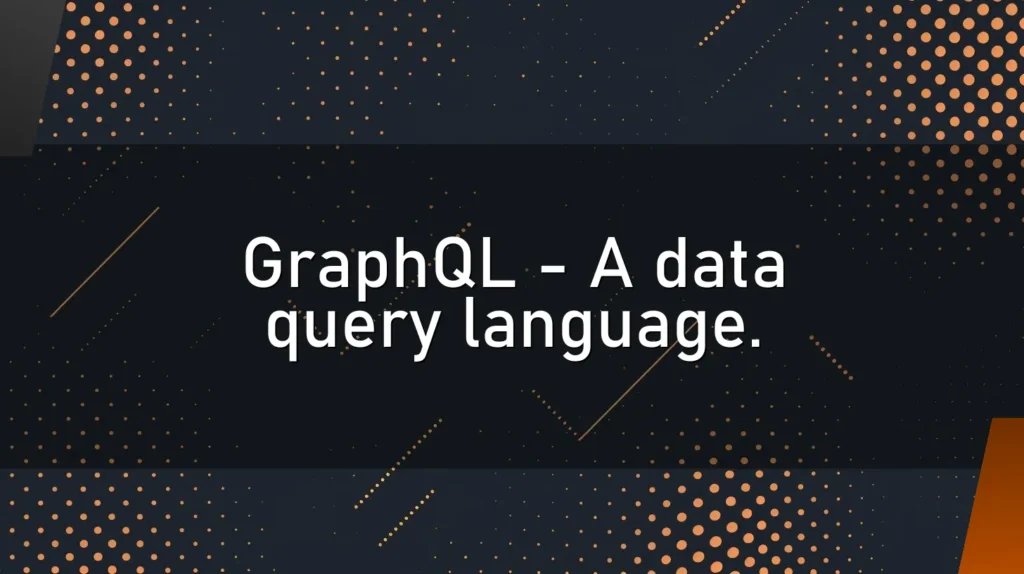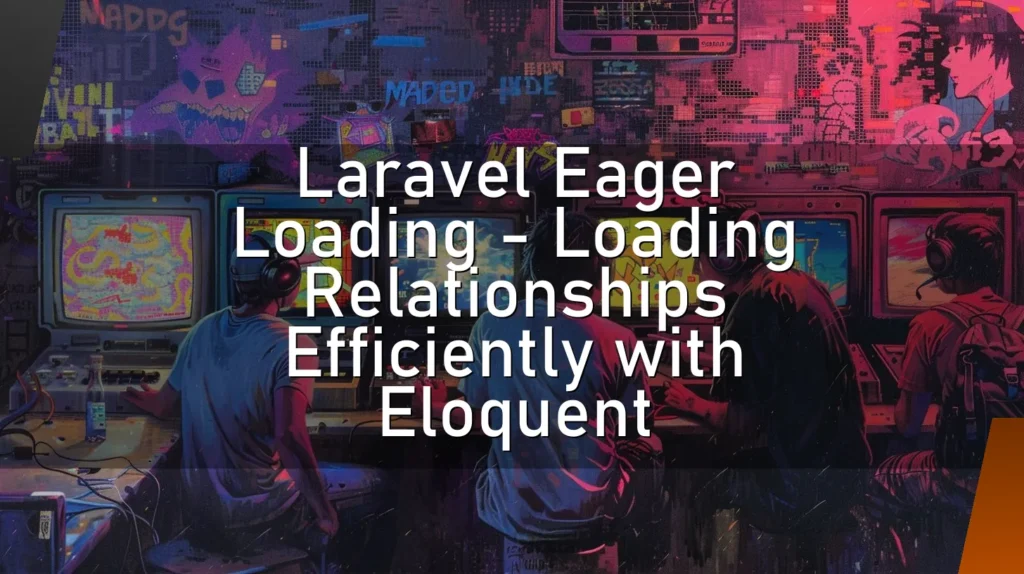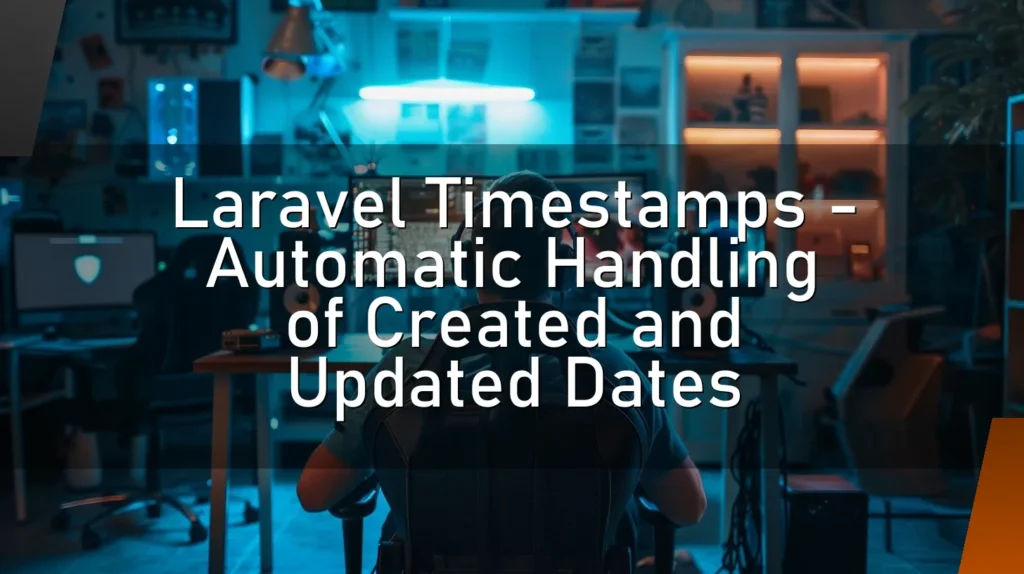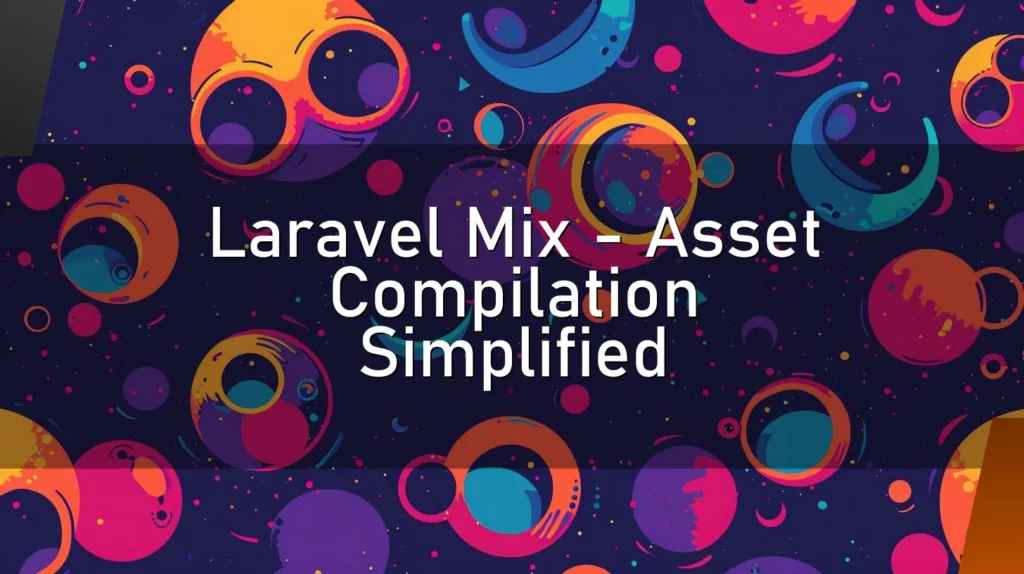GraphQL – A Data Query Language
Introduction
Imagine that you’re at an all-you-can-eat buffet, and instead of having to walk around and collect your own food, you have a magical waiter who brings you exactly what you want, no more, no less. 💫 That magical waiter, my friend, is GraphQL in the world of data querying. Developed by Facebook in 2012 and open-sourced in 2015, GraphQL has quickly become the go-to choice for developers who need a flexible and efficient way to interact with APIs.
How a Nerd Would Describe It
"GraphQL is a query language for your API, and a server-side runtime for executing queries by using a type system you define for your data. It provides a complete and understandable description of the data in your API, gives clients the power to ask for exactly what they need and nothing more, and makes it easier to evolve APIs over time."
In other words, it’s like if SQL and REST had a baby, and that baby grew up to be a rockstar data retriever. 🎸
This Chapter is for a Simple but Concrete Explanation
So, what’s the simple version? GraphQL is a language that allows you to ask for specific pieces of data from a server. Instead of getting a big blob of information like you might with REST, you get exactly what you ask for. It’s like asking for a cheeseburger 🍔 and actually getting a cheeseburger, instead of a full meal with fries, a drink, and a dessert that you didn’t ask for.
🔍 Details
GraphQL is designed to optimize data fetching and reduce over-fetching and under-fetching problems commonly associated with REST APIs. You define your data schema on the server, and the client can specify what fields they need in their queries.
Other Similar Words Which Nerds Use
- Schema – Think of it as the menu of what’s available at the buffet.
- Resolvers – These are like the chefs in the kitchen, preparing the data when requested.
- Mutations – When you want to change something on the server, this is your tool.
- Subscriptions – If you want real-time updates, this is your ticket.
👍 Correct Usage
- Fetching Specific Data: If you need a user’s name and email, but not their age, GraphQL lets you get just that.
- Nested Queries: Need a user’s name and their list of friends’ names? Easy peasy.
- API Evolution: Want to add new fields to your API without breaking existing clients? GraphQL to the rescue! 🦸♂️
🛑 Wrong Usage
- Complex Queries: Asking for deeply nested fields can sometimes result in performance hits.
- Overhead: If not implemented properly, GraphQL can introduce complexity and overhead.
- Security Risks: GraphQL queries can be complex and expose sensitive data if not properly secured.
➕ Advantages
- Efficiency: Get only the data you need, reducing payload sizes and speeding up performance.
- Flexibility: Clients have the power to ask for precisely what they want.
- Strongly Typed: Ensures you know exactly what your API can return, reducing bugs.
- API Evolution: Easily add or deprecate fields without breaking existing queries.
- Tooling: Great developer tools and libraries to make your life easier. 🛠️
➖ Disadvantages
- Complexity: Setting up GraphQL can be more complex than REST.
- N+1 Problem: Inefficient querying patterns can lead to performance issues.
- Caching: More difficult to implement caching compared to REST.
- Learning Curve: Requires getting up to speed with its specific syntax and concepts.
🤔 FAQ
Q: Is GraphQL better than REST?
A: It depends on your needs. GraphQL offers more flexibility and efficiency but comes with its own set of challenges.
Q: Can I use GraphQL with existing REST APIs?
A: Absolutely! You can wrap existing REST APIs with GraphQL to get the best of both worlds. 🌐
Q: How does GraphQL handle versioning?
A: Instead of versioning the API, you can deprecate fields and add new ones, allowing clients to migrate at their own pace.
Q: Is GraphQL secure?
A: It can be, but it requires careful implementation to avoid exposing sensitive data or creating performance bottlenecks.
📚 Additional Resources
- Official Documentation: The GraphQL official site is the best place to start.
- GraphQL Playground: An interactive, in-browser GraphQL IDE.
- Apollo Client: A comprehensive library for working with GraphQL in JavaScript.
👌 Conclusion
GraphQL is like the Swiss Army knife 🛠️ of data querying languages. It’s versatile, powerful, and can make your data-fetching life a lot easier or a lot more complicated, depending on how you wield it. Think of it as your magical waiter at the data buffet: efficient, precise, and sometimes a bit too eager to please.
So, whether you’re a seasoned developer or just dipping your toes into the data querying waters, give GraphQL a try. It might just be the tool you didn’t know you were waiting for.







